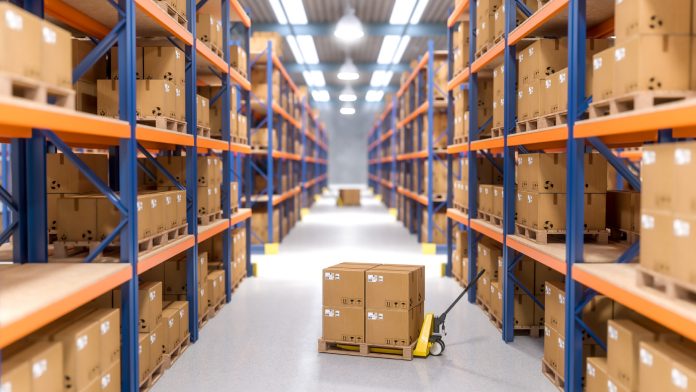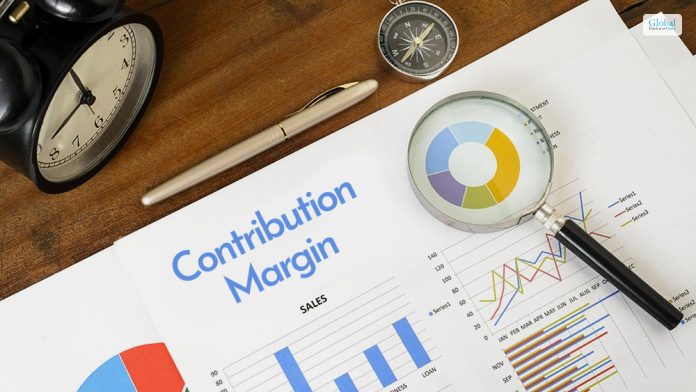Inventory Reserve: What Is It, How It Works, Purpose, and Usage

Whether it is a big company or a small one, a successful company or a not-so-successful one, all face a situation where all the inventories are not sold. Some percentages of the inventory go bad or become obsolete for all. The inventory reserve of the business is and accounting technique and is also the estimate of the percentage of inventory that is unsold.
The inventory reserve plays a big role in correctly valuing the inventory of the company. Hence, this also helps present a full picture of the company’s health, financial worth, and flexibility.
In this article, you will learn about inventory reserve and how it works in the process of accounting. Apart from that, we will also explain the use of inventory reserve in accounting. Finally, we will show you the process of accounting for the inventory reserve of a business.
What Is An Inventory Reserve?
According to Investopedia,
“An inventory reserve is a contra asset account on a company’s balance sheet made in anticipation of inventory that will not be able to be sold. Every year, a company has an inventory that will not be able to be sold for various reasons. It may spoil, fall out of fashion, or become technologically obsolete. In anticipation of this, the company will create an entry on the balance sheet called inventory reserve.”
The inventory reserve portion in the balance sheet consists of the company’s prediction of the inventory that will not be sold that year. While the company counts its inventory as an asset, it considers its inventory reserve as a contra asset. This is because the latter reduces the net amount of inventory assets of the company.
The company creates the inventory reserve as an estimate of the company’s future inventory spoilage. The company brings out this estimation based on its past experiences. Furthermore, once the company identifies an inventory that it’s unable to sell, it writes it down as an official recognition of the loss.
Business managers of an organization use these data from previous years’ inventory information. Hence, based on this, they make a judgment and decide on the size of the inventory reserve.
What Is The Use Of An Inventory Reserve In Accounting?
In general, businesses want to get an accurate picture of their inventory position. Hence, they try to estimate the amount of inventory that is not to be sold from the end of the company. This inventory which the company has written off is called the inventory reserve of the company. The accountant includes this data in the balance sheet.
According to NetSuite.com,
“Companies own raw materials, partially completed products, and finished goods. These items are all included in a company’s gross inventory. Business managers know that not all of their raw materials will be used, and not all of their finished goods will be sold. That reserve is deducted from the value of gross inventories to arrive at the company’s net inventory position. Net inventory is typically what appears on a company’s balance sheet.”
During the accounting process, the business considers its inventory reserve as a “contra” asset in its balance sheet. This is because this amount actually reduces the gross inventory value to arrive at the company’s net inventory value.
Since inventory accounts come naturally with a debit balance, as debit increases in the balance sheet, the inventory account value increases. On the other hand, inventory reserves, like contra-asset accounts, come with natural credit balances. Hence, the latter serves to reduce the value of the assets.
How Does An Inventory Reserve Work?
Indeed.com explains –
“An inventory reserve in accounting is an entry on a business’s balance sheet that anticipates the company’s unsold inventory. Accountants consider inventory as an asset on their balance sheet. An asset is any item or resource that a company owns and has the potential to generate economic value, such as revenue.”
Inventory also falls under this asset category. Also, as per the need for good accounting principles, businesses need to report their assets in such a way that they are close to their actual value. Hence, if a business wants to calculate the net value of its inventory, it needs to account for the loss of inventory and make it an estimate.
As per Generally Accepted Accounting Principles (GAAP), an inventory reserve is a part of inventory accounting. If a business wants to track its inventory reserve, it will thus be able to make an accurate representation of its assets on the balance sheet. The usefulness of an asset is only when it has a future value to the business.
There is always a part of the inventory of a company that remains unsold every year. Hence, the company decides not to include the entire inventory amount as an asset on the balance sheet.
To create an accurate value, the company subtracts the inventory contra asset account value from the inventory asset entry. The resulting value is the estimate that the company will sell to create value for the business. If the company does not include the inventory reserve entry, the company will end up overstating the value of its assets.
Accounting For Inventory Reserves: Special Considerations
According to GAAP standards (which is the industry standard for accounting), inventory reserve is a conservative methodology for entry. This is because the company’s attempt, in this case, is to predict the losses for the inventory even before the company has confirmed the loss.
In general, inventories consist of goods with future value for the company. Hence, these goods are called assets. However, according to conservative accounting principles, it is important to report assets close to their current value. Hence, it gets easier for the company to make estimations.
Summing Up
Hope this article was helpful for you in getting a better understanding of how an inventory reserve works with accounting. You can see from here that it is important for the company to consider inventory reserve as a contra asset. This helps the company to get an accurate representation of the assets that it will sell in the future.
Do you have more information to add regarding inventory reserve? Consider sharing with us in the comments section below.
Enrich Youself With More Financial Article By Clicking Below!!













